Act Now - Limited Time Offer
$67 Pest Control

Chris Barber
Pest Control Technician
Jakob Beltran
Pest Control Technician
Jackie Murphy
Sales Representative
Cimex lectularius, commonly called the bed bug, is a small, reddish-brown insect that feeds on human blood. About the size of an apple seed, these pests usually hide in the seams of mattresses, box springs, and furniture cracks. Bed bugs are nocturnal and can hide in tiny areas like fabric folds, electrical outlets, and behind picture frames.
Bed bugs go through five stages before becoming adults, needing a blood meal to transition between stages. Females can lay up to five eggs daily in secluded spots. Bed bugs can live for many months without feeding. Although they don’t transmit diseases, their bites can cause itching and allergic reactions.
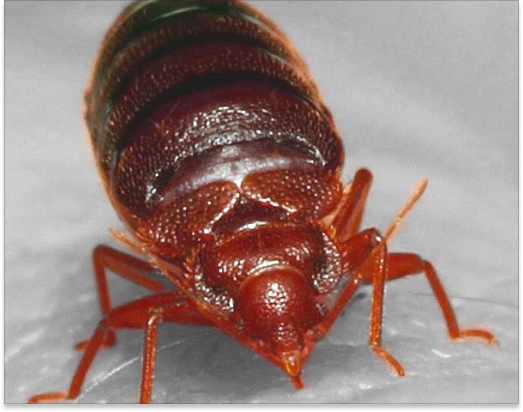
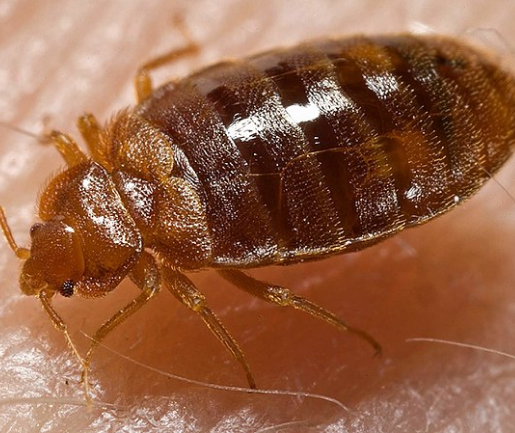
Cimex Hemipterus, a bed bug species, is prevalent in tropical and subtropical areas. Like its relative, Cimex lectularius, this bug feeds on human and animal blood. They are small, reddish-brown insects that grow up to 4-5 mm long, with an oval, flattened body that allows them to hide in tight spaces.
Typically active at night, Cimex hemipterus can also feed during the day in hot or dry environments. They tend to nest near water to keep their larvae hydrated. If you think you have an infestation, check around your bed or other areas where people rest. Look for signs such as tiny blood spots on sheets, dark fecal streaks, and shed skins.
Leptocimex Boueti bed bugs can be a troublesome pest if they invade your home. They primarily feed on humans, mostly at night, but can also be active during the day if it’s too hot or dry. These pests tend to stay near water sources to provide their larvae with drinking water, though they themselves are not water-dwellers.
Adult Leptocimex Boueti are about the size of an apple seed, with a flat, oval shape. They are reddish-brown and turn darker after feeding. They have long antennae and eyes resembling raspberries. With three pairs of legs, their bodies can expand while feeding. If you suspect an infestation, it’s crucial to act fast. La Mesa Pest Control can help eliminate these pests and prevent further infestations.
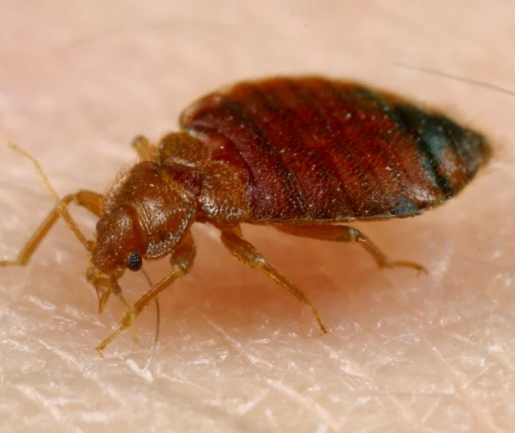
Bed bug eggs are very small, about the size of a pinhead, and are approximately 1mm in length. Their pearl-white color helps them blend into light-colored backgrounds, making them hard to spot. Eggs older than five days may show a small eye spot.
Bed bugs prefer laying eggs in hidden, safe spots near their feeding areas. Typical places include mattress seams, box spring crevices, and under baseboards. Female bed bugs can lay up to five eggs a day, which hatch in about 4-12 days. Untreated, these eggs can cause new infestations.
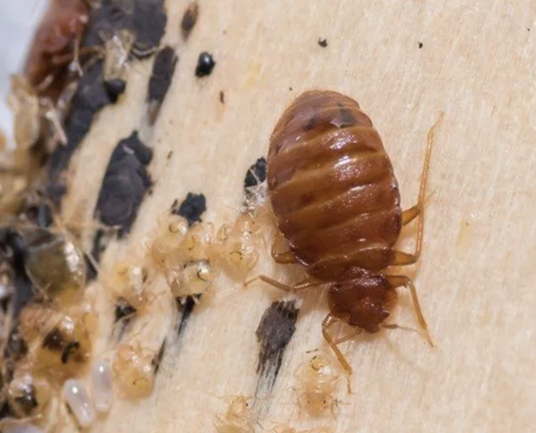
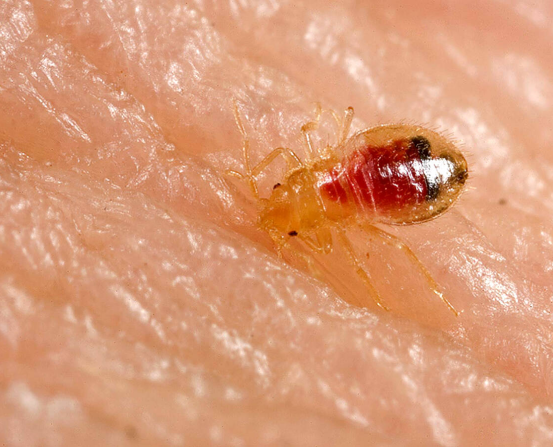
Nymphs are juvenile bed bugs that go through five stages of growth before becoming adults. They are smaller and lighter in color than adult bed bugs, making them hard to see. Each stage requires a blood meal to molt to the next, typically taking 5-10 minutes to feed.
You can find nymphs hiding near places where people sleep or rest, such as in mattress seams, bed frames, and small cracks. Signs of their presence include tiny pale bugs and small blood stains on bedding. Proper treatment targets these areas to ensure complete eradication of nymphs.
Adult bed bugs are small, reddish-brown insects about the size of an apple seed, with flat, oval bodies that expand after feeding. They feed on human blood and are mostly active at night, biting people as they sleep.
You’ll find bed bugs near places where people rest, such as mattress seams, bed frames, and nearby furniture. They may also hide behind electrical outlets and picture frames. To identify an infestation, look for small red blood spots, brown fecal marks, and discarded skins. Regular checks can help detect bed bug problems early.
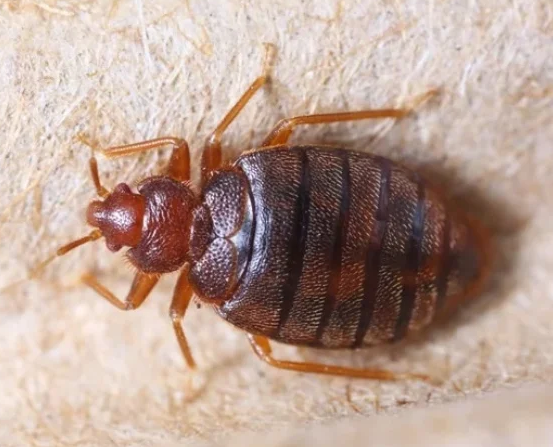
La Mesa Pest Control starts the bed bug elimination process with a detailed inspection by our experienced inspectors. They pinpoint bed bugs using photos or telltale signs and provide a prep sheet with detailed instructions. Before treatment, customers should remove items from walls, vacuum infested areas, and wash bedding and clothing. Our experts treat the entire room, focusing on furniture legs, moldings, cracks, crevices, bed frames, headboards, box springs, and mattresses. The black fabric under the box spring should be removed for optimal treatment. Rooms should remain vacant for at least three hours after treatment.
Depending on the infestation’s severity, we advise 3-4 treatment sessions. Costs are determined following the inspection. Our bed bug treatments are safe for pets, although it’s best to vacate the premises for 3-4 hours during and after treatment. We offer a 30-day warranty on comprehensive home treatments. Following our guidelines and keeping a clean environment helps prevent reinfestation. Our efficient and thorough methods ensure complete bed bug elimination, providing our clients with comfort and peace of mind.
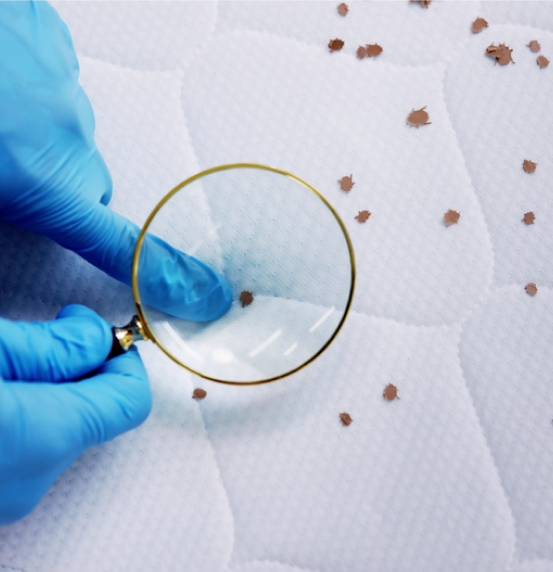
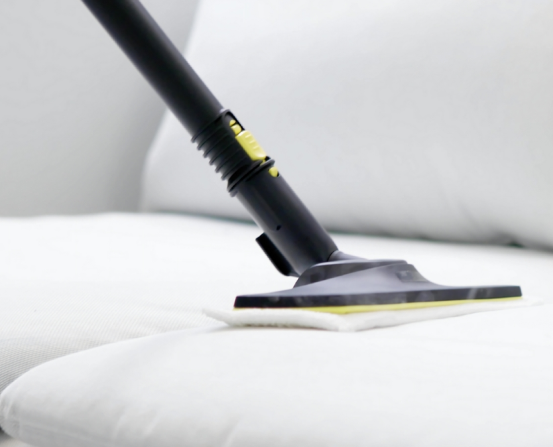
We provide a free follow-up treatment two weeks after the initial bed bug service. This includes using an insect growth regulator to interrupt the life cycle of bed bugs, ensuring any remaining eggs or nymphs are targeted to prevent them from developing into adults.
Our technicians will revisit and inspect the treated areas to check for any signs of bed bug activity. This added step provides an extra layer of protection and peace of mind. With our follow-up treatment, you can trust that we are focused on completely eliminating bed bugs from your home.
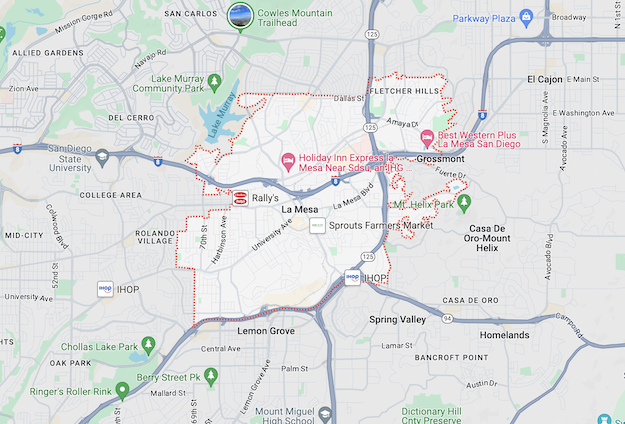
Serving La Mesa and its neighboring areas, we’re here to keep your spaces pest-free. Our team is passionate about these communities and always strives to provide outstanding service and dependable results.
Limited time offer! Get $50 off your first pest control service.

Barrier Services
La Mesa Office
© La Mesa Pest Control 2024